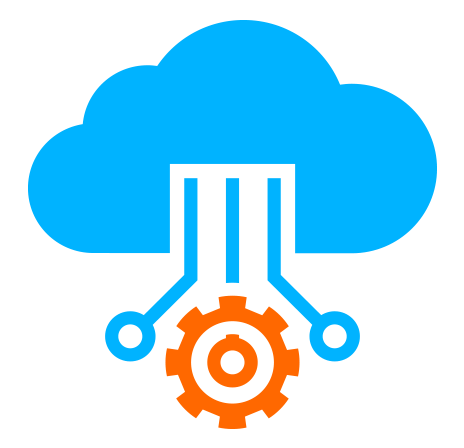 Server
Colocation
Server
Colocation
 CDN
Network
CDN
Network
 Linux Cloud
Hosting
Linux Cloud
Hosting
 VMware Public
Cloud
VMware Public
Cloud
 Multi-Cloud
Hosting
Multi-Cloud
Hosting
 Cloud
Server Hosting
Cloud
Server Hosting
 Kubernetes
Kubernetes
 API Gateway
API Gateway

In today’s digital-first world, businesses rely heavily on data and IT infrastructure to operate efficiently. However, unforeseen events such as hardware failures, cyberattacks, or natural disasters can disrupt operations and result in significant losses. Disaster Recovery as a Service (DRaaS) offers a cloud-based solution to protect critical data and ensure business continuity.
This article explains DRaaS, its benefits, and why it has become a vital strategy for organizations seeking reliable disaster recovery solutions.
What is DRaaS?
Disaster Recovery as a Service (DRaaS) is a cloud-based service that replicates and hosts an organization’s IT systems, applications, and data in a secure offsite environment. In case of a disruption, businesses can quickly recover operations by switching to the DRaaS platform, minimizing downtime and data loss.
Moreover, DRaaS provides automated failover, backup, and recovery solutions, making disaster recovery faster, simpler, and more reliable than traditional approaches.
Key Benefits of DRaaS
DRaaS ensures minimal downtime during a disaster. By maintaining up-to-date replicas of critical systems in the cloud, organizations can continue operations while recovering primary infrastructure.
Traditional disaster recovery often requires investing in duplicate hardware and dedicated data centers. DRaaS eliminates these capital expenditures by providing cloud-based infrastructure on a subscription model, reducing costs.
DRaaS platforms enable fast recovery of applications and data, often within minutes, depending on the recovery point objective (RPO) and recovery time objective (RTO) defined by the organization.
Organizations can scale DRaaS solutions according to their business needs. Whether handling small workloads or large enterprise systems, DRaaS adapts without requiring additional infrastructure investments.
DRaaS providers implement robust security measures, including encryption, access controls, and monitoring, ensuring that replicated data is safe from cyber threats and unauthorized access.
Common Use Cases of DRaaS
1. Ransomware Protection
In the event of a cyberattack, DRaaS ensures that organizations can restore clean backups and resume operations quickly.
2. Natural Disasters
Earthquakes, floods, or fires can disrupt local IT infrastructure. DRaaS allows offsite failover to maintain business continuity.
3. Hardware Failures
When servers or storage devices fail, DRaaS ensures rapid recovery without significant data loss.
4. Cloud Migration Testing
Organizations moving workloads to the cloud can use DRaaS to test recovery strategies and validate system resilience.
5. Regulatory Compliance
DRaaS assists in meeting data protection and disaster recovery compliance requirements mandated by regulations like GDPR, HIPAA, or ISO standards.
DRaaS vs Traditional Disaster Recovery
|
Feature |
Traditional DR |
DRaaS |
|
Infrastructure Cost |
High |
Low (cloud-based) |
|
Recovery Speed |
Hours to Days |
Minutes to Hours |
|
Maintenance |
In-house IT |
Provider-managed |
|
Scalability |
Limited |
Flexible |
|
Testing and Automation |
Manual |
Automated |
Moreover, DRaaS reduces the complexity of managing disaster recovery, allowing businesses to focus on growth and operations rather than IT maintenance.
Best Practices for Implementing DRaaS
1. Define RPO and RTO: Determine acceptable data loss and downtime limits.
2. Choose the Right Provider: Ensure the provider offers high availability, security, and proven recovery capabilities.
3. Regular Testing: Test DRaaS solutions periodically to validate recovery processes.
4. Integrate with Existing Systems: Ensure seamless compatibility with your on-premises and cloud infrastructure.
5. Monitor and Update: Continuously monitor backups and update configurations to reflect system changes.
Conclusion
DRaaS offers businesses a reliable, cost-effective, and scalable solution for disaster recovery and data protection. By leveraging cloud-based infrastructure, organizations can minimize downtime, safeguard critical data, and maintain business continuity in the face of disruptions.
Moreover, DRaaS allows companies to focus on core operations while relying on expert providers to manage disaster recovery processes. In addition, adopting DRaaS ensures that businesses are prepared for unexpected events, reducing risks and maintaining resilience in a digital-first world.

Let’s talk about the future, and make it happen!
By continuing to use and navigate this website, you are agreeing to the use of cookies.
Find out more


